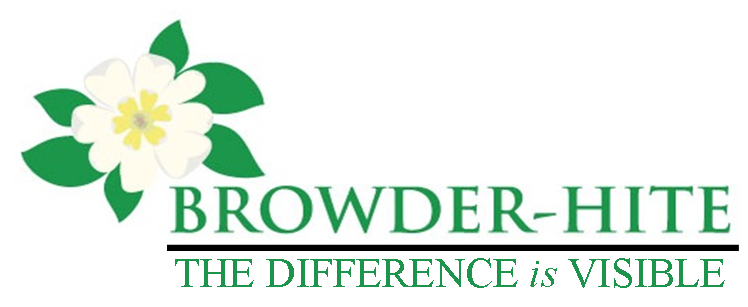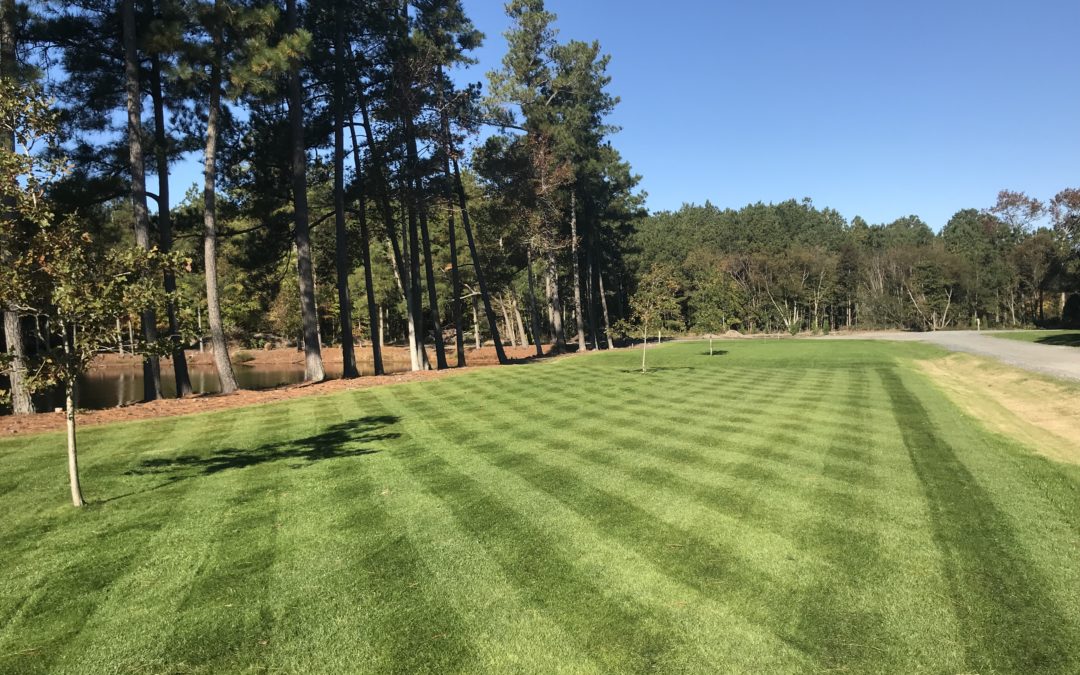Many people wonder if their lawn needs lime. And for good reason. Lime is possibly the most recognized lawn input other than fertilizers. An essential aspect of a healthy lawn is quality soil that is pH balanced for turfgrass. Generally speaking, the most prevalent lawn grasses (tall fescue, bluegrass, bermuda, zoysia and St Augustine) prefer a pH between 6 and 6.5. But what does that mean?
pH Scale
The pH scale reads from 0 to 14 with 7 being neutral. A pH above 7.5 is called alkaline and a pH below 6.5 is called acidic. High quality turf grass appreciates a soil that is slightly acidic. The most essential lawn nutrients (nitrogen, phosphorus, potassium, calcium, magnesium and iron) are all “available” to plants at a pH of around 6.5. Due to chemistry, readings below or above 6.5 lead to plants inability to absorb certain essential nutrients. When soils are substantially acidic or alkaline, only a very limited amount of nutrients are available, leading to turf decline or death.
What is Lime?
Lime is not in and of itself a nutrient, although it carries magnesium and calcium with it. Lime acts as a causal agent, allowing existing and applied turf nutrients to be properly used (think “eaten”) by turfgrass. The only proper way to determine if lime is needed for your lawn is to take a soil test. Soil testing is an easy and quick way to determine existing soil nutrients, along with the current soil organic matter percentage. For additional fees, most labs will run further tests to indicate the percentages of trace nutrients such as zinc and boron and soil composition. Soil tests can be performed by independent labs found on the internet or state agricultural agencies. Spring and fall are soil testing labs busiest times so plan accordingly. When gathering soil, dig small portions of soil approximately 2-3 inches deep in random and well spaced intervals throughout the yard. If your lawn is heavily divided by trees, driveways or is very large, consider performing several tests. Make sure the soil samples are collected in a plastic cup or bag and not inside a metal bowl or any container that previously held chemicals of any kind. The samples should be as clean as possible and not contain stones, roots or grass. Once the sample results are returned to you, look at the results and comments made by the lab. If you have questions about your results, call the lab or contact us at 757-442-5296 to discuss the readings. Generally speaking, if the lab results show the need for lime, pelletized lime should be applied between October and May in amounts no more than 50 lbs per 1000 square feet. Aeration prior to liming helps get the lime into the soil faster. The soil should be watered thoroughly after liming to wash residue off the turf and into the soil profile. If the pH reading is above 7 and sulfur is called for, carefully apply lawn sulfur when temperatures are below 75 degrees. Preferably, apply lawn sulfur during the cooler parts of the spring leading up to summer (March-April). Too much sulfur during warm periods can “cook” the roots of your lawn, leading to serious damage.
Lime is an essential tool when maintaining a healthy lawn. The application of fertilizers naturally lowers soil pH over time. Even a perfectly balanced lawn can trend towards acidic over the years if not maintained with lime. A soil test taken every 3-4 years will reap benefits beyond the basic information found in the results by helping you determine the health of your lawn soil, the proper amounts of fertilizer needed and any other essential nutrients needed at that time.
Contact us today for a soil test!

